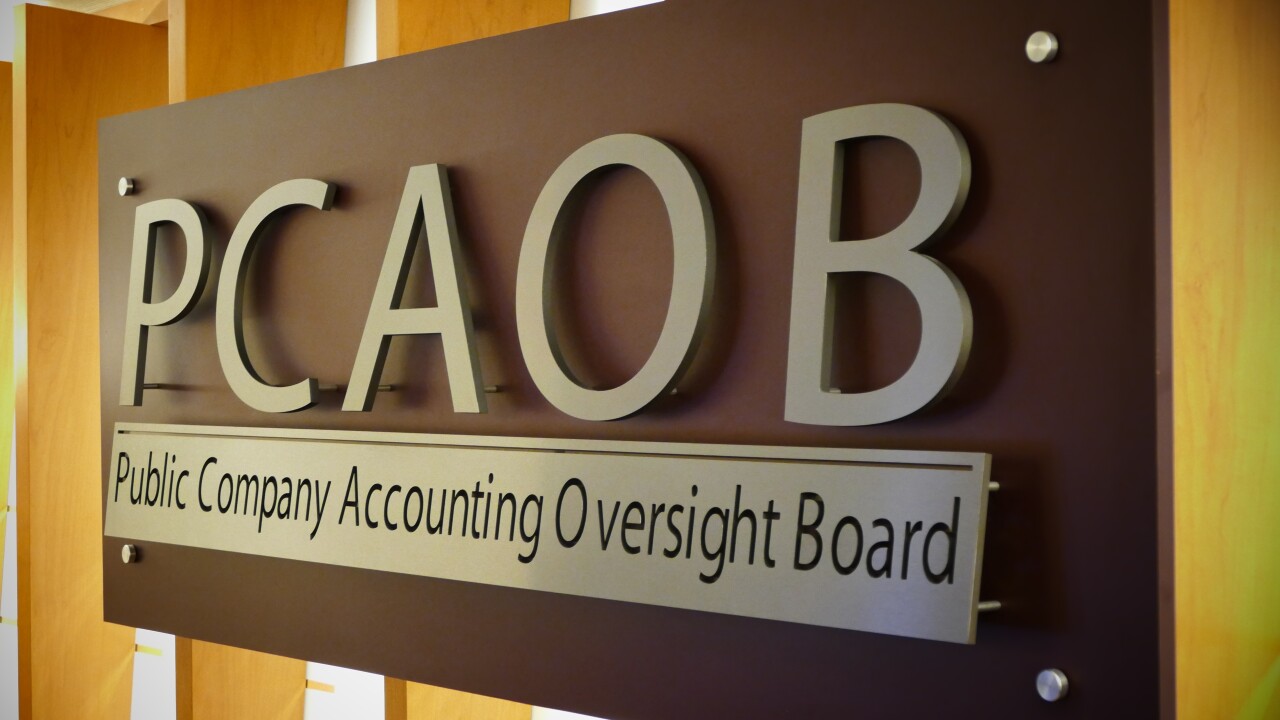The Financial Accounting Standards Board has issued a
FASB previewed some of the changes in March (see
“The proposed ASU contains recommended enhancements to the fundamental reporting model for not-for-profit organizations—a model that has existed for more than 20 years,” said FASB member Lawrence W. Smith in a statement. “We believe that these changes will refresh the model in ways that will make not-for-profit financial statements even more useful to donors, lenders, and other users.”
The document explains FASB’s proposed improvements to current net asset classification requirements and information presented in financial statements and notes to financial statements about a not-for-profit organization’s liquidity, financial performance, and cash flows. Specifically, the changes are intended to better reflect financial performance in the statement of activities by showing—in two measures of operating performance—available amounts that have been generated by or directed at carrying out the mission of a not-for-profit in the current period, both before and after any governing board actions affecting that availability.
The changes also would simplify the existing net asset classification scheme along with enhanced note disclosures. In addition, the proposed changes would enhance information in the notes to help financial statement users better assess a not-for-profit’s liquidity and how it is being managed. FASB also wants to make information about expenses more comparable and useful by requiring that all operating expenses be reported by both function and nature and investment return be reported net of related expenses.
The accounting standards update would also make the statement of cash flows more understandable by (a) presenting cash flows provided by operating activities using the direct method of reporting, rather than the indirect (reconciliation) method, and (b) classifying cash flows in ways that are more consistent with classifications in the statement of activities.
FASB originally undertook the project in 2011 based on input provided by its Not-for-Profit Advisory Committee (NAC) and other stakeholders. The NAC members said they believed that, while sound, the existing standards for financial statements of not-for-profit organizations could be updated and improved to provide better information to donors, creditors, and others.
The
The board is asking stakeholders to review and comment on the proposed ASU, Presentation of Financial Statements of Not-for-Profit Entities, by Aug. 20, 2015. On Tuesday, May 12, from 1:30 to 3:10 p.m. EDT, FASB plans to host an
“It’s been over 20 years since we had significant changes,” said Kim Fusco, chairperson of the Not-For-Profit Services Group at the Baltimore accounting firm Ellin & Tucker. “These changes coming down the road are pretty significant. It will take time for organizations to understand the changes and implement them properly. The end result will be financial statements that are more useful to the readers.”
Fusco believes it’s possible that FASB will issue a second exposure draft after receiving feedback on the initial exposure draft.
Carl Kampel, a member of FASB's Emerging Issues Task Force who is director in charge of professional services at Ellin & Tucker, commented, “FASB is going to try to do different things for some organizations to get the word out. They want feedback on the exposure draft.”





